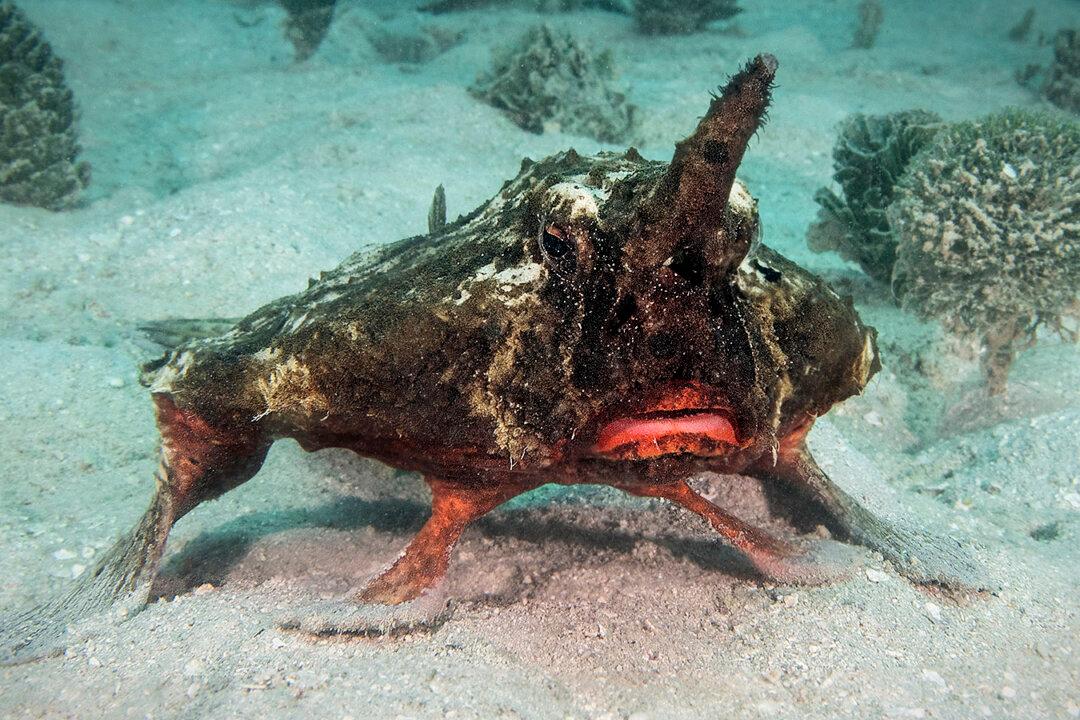A diver came across a rare deep-sea fish that, strangely, uses its fins as legs. Mikey Charteris, a marine life expert and author of the book “Caribbean Reef Life,” discovered the fish in a muddy channel off the coast of Roatán, Honduras.
He instantly snapped a video of the odd creature, which turned out to be a shortnose batfish. In the video, the horned fish can be seen navigating the ocean floor, walking with its fins as it searches for food.






